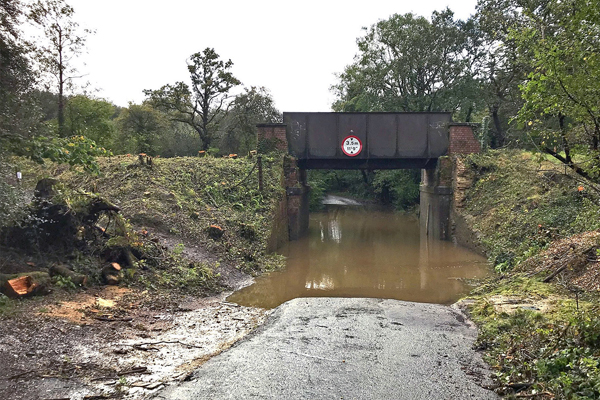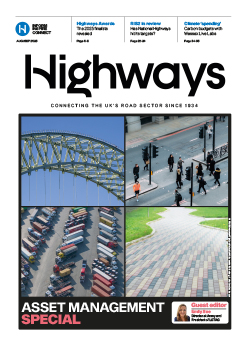The Department for Transport (DfT) has published a report identifying up to 50 structures on the Historical Railways Estate (HRE) as potentially suitable for cycling and walking routes.
It follows an ongoing controversy over plans by National Highways, which manages the HRE on behalf of the DfT, to demolish or infill many of its 3,250 structures, which include bridges, tunnels and embankments.
The report was produced by active travel charity Sustrans. It concludes that:
- 26 structures are likely to be useful as part of the National Cycle Network (NCN) or local cycling and walking routes
- 24 structures might be useful for local cycling and walking routes but are not considered in current plans
- 25 structures are unlikely to be useful

Sustrans said it undertook a light touch assessment of the 75 structures that form part of the HRE Major Works Programme, for active travel purposes only. The programme was paused last summer.
It added that as part of what was largely a desk-based exercise it did not consider the potential use of the structures for any other purpose, including other transport modes, and did not carry out structural surveys nor any of the other activity required to create an active travel route.
Huw Merriman MP, chair of the Transport Select Committee, said: ‘This is a welcome reprieve for more than 50 of our historic railway structures. These structures work well with local cycling and walking plans – a valuable contribution to active travel.
‘The mystery is why these historical structures were sentenced to infilling or demolition in the first place – we should think about preservation before destruction.’
Sustrans said the next steps should include a more detailed assessment of structures to understand if and when they can move into its project pipeline, adding that a structure that may be useful for active travel in theory may not be fit for purpose in practice.





